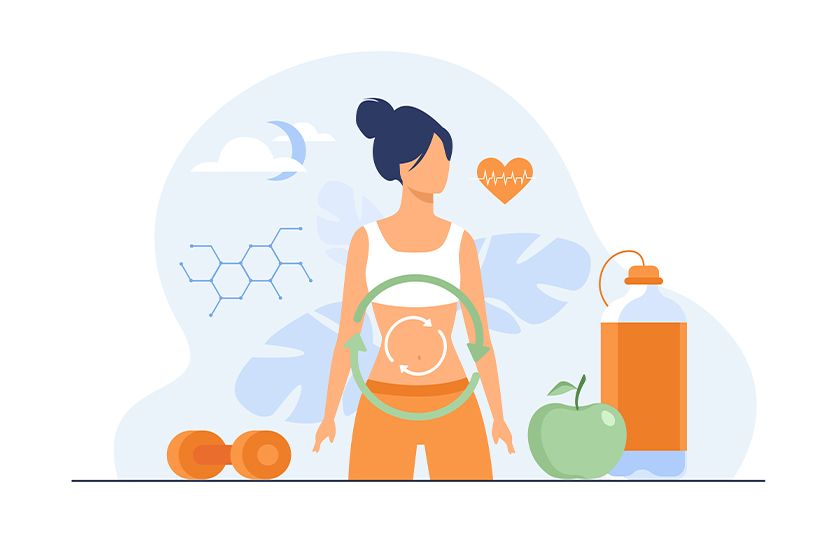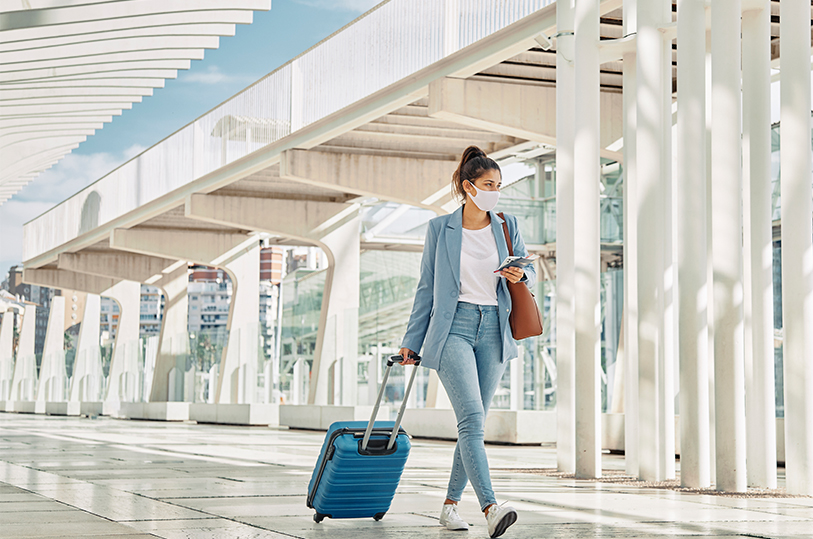
How To Avoid Heat Illnesses This Summer
With summer in full swing, some of us may want and need some rest. Especially after being isolated for the past several months due to the Covid-19 pandemic, summertime means relaxation both mentally and physically. This is the positive side of summer. Negatively, it may bring severe hazards for those who stay long or work outside.
One of the serious health consequences is associated with both high humidity and temperature. As these two conditions are present now some heat-related illnesses may appear.
Besides, this year’s summer is on track to be the hottest on record so you need to take some precautions.
Types of heat illnesses
In general, heat illnesses happen when your body’s cooling system can’t function properly especially in hot and humid weather. At that time, your body’s temperature rises quickly and cools slowly itself. As a result, it significantly threatens your organs and hence your overall health. Two main types of heat illnesses are heat exhaustion and heatstroke.
Heat exhaustion happens when your body’s temperature rises and you can’t sweat sufficiently to make your body cool during that time. Sometimes it is accompanied by dehydration – a condition when you don’t drink enough fluid.
Heat exhaustion main symptoms are
- High body temperature (for about 101°F)
- Difficulty speaking and walking
- High heart rate, low blood pressure
- Headache and dizziness
- Feeling hot and thirsty
- Weakness, blurry vision
- Sweaty skin
- Nausea, vomiting, diarrhea
Heatstroke is the result of untreated heat exhaustion and may occur when your body gets too hot. It is thought to be fatal and dangerous if don’t treat it immediately by a doctor.
Here are the heatstroke symptoms.
- High body temperature
- Headache
- Emotional instability
- Lack of sweating
- Confusion
- Possible unconsciousness
- Delirium
- Seizure or coma
- Irrational behavior
Here is what everyone should do until help arrives. When a person gets a heat stroke to try to cool him down, place ice on his neck and armpits. Have them drink cold water every 15 minutes and take him to an air-conditioned room if possible.
Tips to help you stay cool in high temperatures.
- Get outside workout early in the morning or late in the evening. During the exercises take some breaks.
- Don’t forget about drinking fluid or eat water-rich foods. Stay hydrated to help your body sweat and maintain a normal temperature. Consider drinking at least 8 ounces every 20 to 30 minutes to dissipate heat.
- Don’t wear tight and dark-colored clothes. Choose a lightweight and light-colored cloth so your skin gets air exposure and your body gets properly cool.
- Avoid direct sunlight during the hottest part of the day and limit exposure to the sun.
- If you need to go outside wear a hat and sunglasses to shield your head and face from direct sunlight.
- While swimming or sweating apply sunscreen every two hours to protect skin against sunburn or just spray yourself with cool water.
- Take a cool shower or bath.
Seek help if needed! When someone exhibits symptoms of heatstroke get an immediate call to 911.
Take cooling precautions when out in the heat to avoid heat illness!





